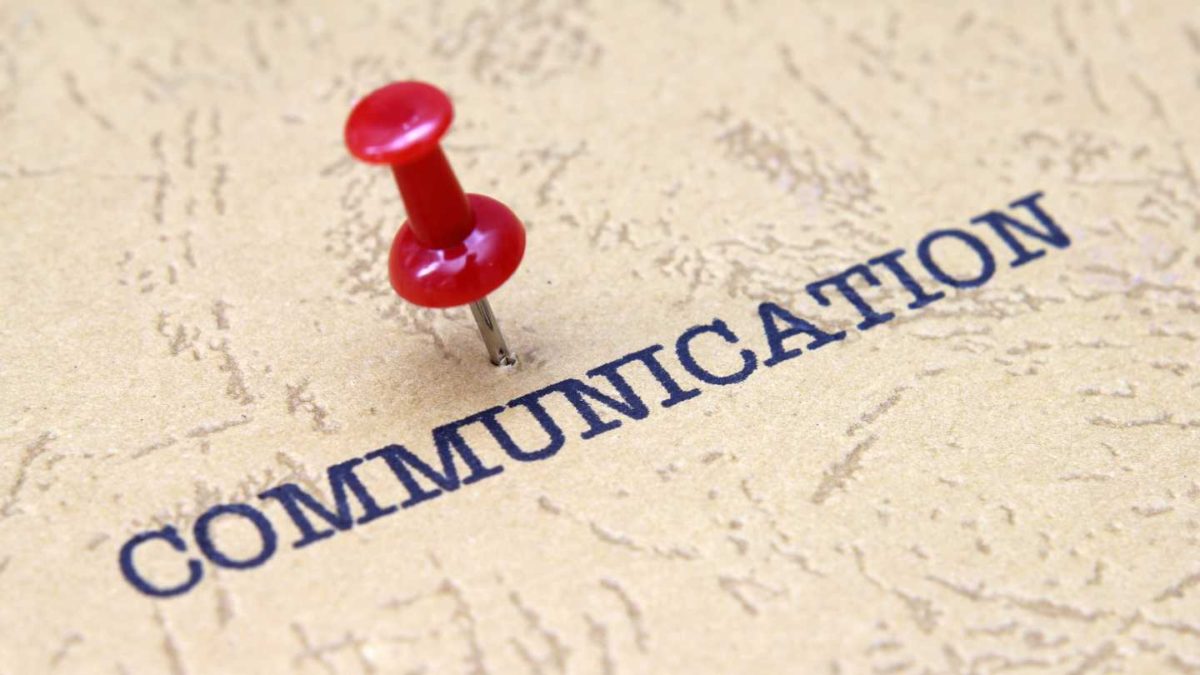
Why Is Diversity & Inclusion in the Workplace Important?
May 3, 2023
How to secure your remote workforce
May 31, 2023Nearly every business has been impacted by the COVID-19 pandemic. The success of your business depends more than ever on improving communication with a remote staff. The key to success is keeping your workers in touch while upholding deadlines, workflows, and productivity as COVID-19’s impact on telecommunication services is still being felt.
It’s probable that you’ve used a variety of strategies, including video calls, to keep up with your workforce’s regular meetings, but how can you enhance communication when employees work remotely so that it’s seamless? This tutorial will go over several original approaches to enhancing remote and home-based employee communications.
What Is Remote Communication?
Before we get started, let’s take a closer look at remote communication and how it functions for businesses wanting to be productive and competitive in the distinct business world of today.
Even while it may seem strange to imagine that a modern idea like distant communication is hundreds of years old, it is. A form of remote communication is sending a handwritten note via mail to someone who lives in a different city. On your way to and from work, the same rules apply to talking on the phone, watching the national news, and listening to drive-time radio. But, since the days of the Pony Express and presidential fireside speeches, the commercial world has unquestionably changed.
Nowadays, online communication with others is considered to be remote communication. You undoubtedly have a mental image of your most recent video conversation with your family, friends, boss, and coworkers. A global economy and COVID-19 have compelled almost all industries to improve communication techniques for a remote workforce. In their daily or weekly routines, almost everyone who works from home engages in two main types of remote communication.
Synchronous and Asynchronous Communication
When two or more parties communicate synchronously, or in real-time, they do so openly and in the present. Live video calls and in-person talks are two examples.
An email or text message are examples of asynchronous communication, which is a planned, information-based strategy involving a delay between participants.
The key distinction between synchronous and asynchronous communication is immediateness. Asynchronous individuals reply whenever it suits them, whereas synchronous participants interact in real time. Typically, a combination of both is needed to effectively communicate with a remote workforce.
Asynchronous communication techniques are useful when working with people in different time zones, but they aren’t always as efficient as project managers and remote supervisors would want.
Ideas for Streamlining Remote Communication
The most recent problem facing remote managers and project administrators across all industries and enterprises is figuring out how to simplify communication with remote workers. It takes more than telling your employees to respond to emails right away and to leave their chat window open all day long to figure out how to solve the communication problems that arise in a remote team.
While timely communication is essential, your company’s performance is likely greatly influenced by how well you keep your teams informed and foster a healthy exchange of ideas throughout your many divisions. Take into account these suggestions to enhance communication while increasing efficiency.
- Prioritize emails
- Choose the right communication tools to meet team needs
- Hold meetings only when necessary
- Effectively manage telecom services
Managers sometimes make the error of inundating their team with problems that could impede productivity. Consider rolling out one solution at a time as you work with your team to streamline communication processes to prevent overburdening your staff and lowering productivity.
Prioritize Emails
One of the first asynchronous communication methods for distant workers was email. Since synchronous communication has evolved, distant managers and team members are no longer only using email for rapid, face-to-face interactions. Email is really a more advanced version of paper notes and handwritten letters, though. Inboxes that are overflowing with messages might be unhelpful and make staff members feel under pressure to answer immediately away.
You can see how this slows down progress and causes disruptions to your team’s workflow. Instead, think of email as an asynchronous communication method that combines a number of important bits of information into a single electronic message. By include pertinent links, calendar invites, and document attachments in your emails, you may clean up employee inboxes. Provide all the information your staff needs to access that day or that week, and lower the possibility that important emails will be missed by distant coworkers whose inboxes are overflowing with messages.
Choose the Right Remote Communication Tools to Meet Team Needs
Streamlining communication with a remote team means carefully choosing the tools to make that possible. Doing so requires you to evaluate your team’s needs and assess your workflow goals. It can be tempting to experiment with several different tools all at once, but this approach is essentially throwing something at the wall and hoping it sticks. The most practical approach is to stick to no more than two or three communication tools your team enjoys using.
Remote teammates need the ability to bounce ideas off one another quickly and efficiently. Online tools that streamline your team’s ability to communicate synchronously and asynchronously are vital to your company’s success and sustained growth. Improve, empower and encourage communication with your remote teams with features that include:
- Live chat and group messaging capabilities for synchronous communication
- Video creation or video-sharing capabilities for asynchronous communication
- Ability to share updates using project management tools
- Calendar integrations, presentation abilities and virtual meeting capabilities
- Email notifications to alert team members when new assignments come in
Having some or all of these capabilities in your remote communication tools lets you keep teams in communication with your base operations and one another. With time and an open mind, you’ll discover how to overcome communication challenges on a remote team.
Hold Meetings Only When Necessary
You need a change if you find yourself getting upset by attending endless meetings when emails would have sufficed. It’s not required to remove your daily team briefings from the schedule in order to hold meetings just when necessary.
The productivity of your business will suffer almost as much from over- or under-informing your remote personnel. Often, “less is more” when it comes to optimizing your remote interactions. Too many meetings will only serve to impede the progress and productivity of your remote team. Reduce the amount of time you spend meeting so that your staff may concentrate on finishing tasks and achieving company objectives.
Consider merging multiple daily or weekly team meetings, for instance, if you often have many meetings each day, depending on workflows and project kinds. Whenever necessary, you can also check in with employees one-on-one. Concentrating just on the most important elements and information is one of the finest strategies to streamline conversations.
The first step in enhancing the work-from-home culture at your organization is to recognize the constraints that excessive communication places on your team’s capacity to accomplish tasks.
TEAMCADRE
Your Remote Workforce




